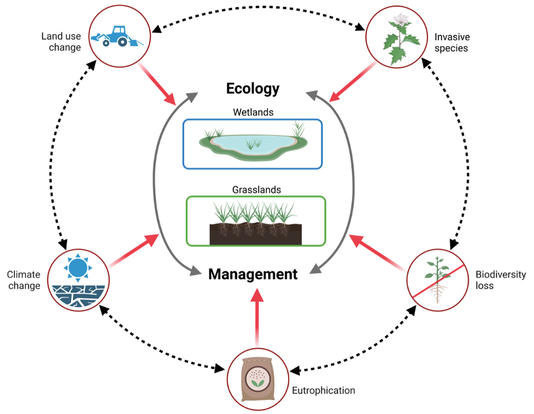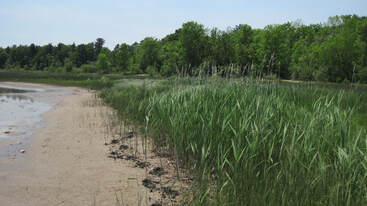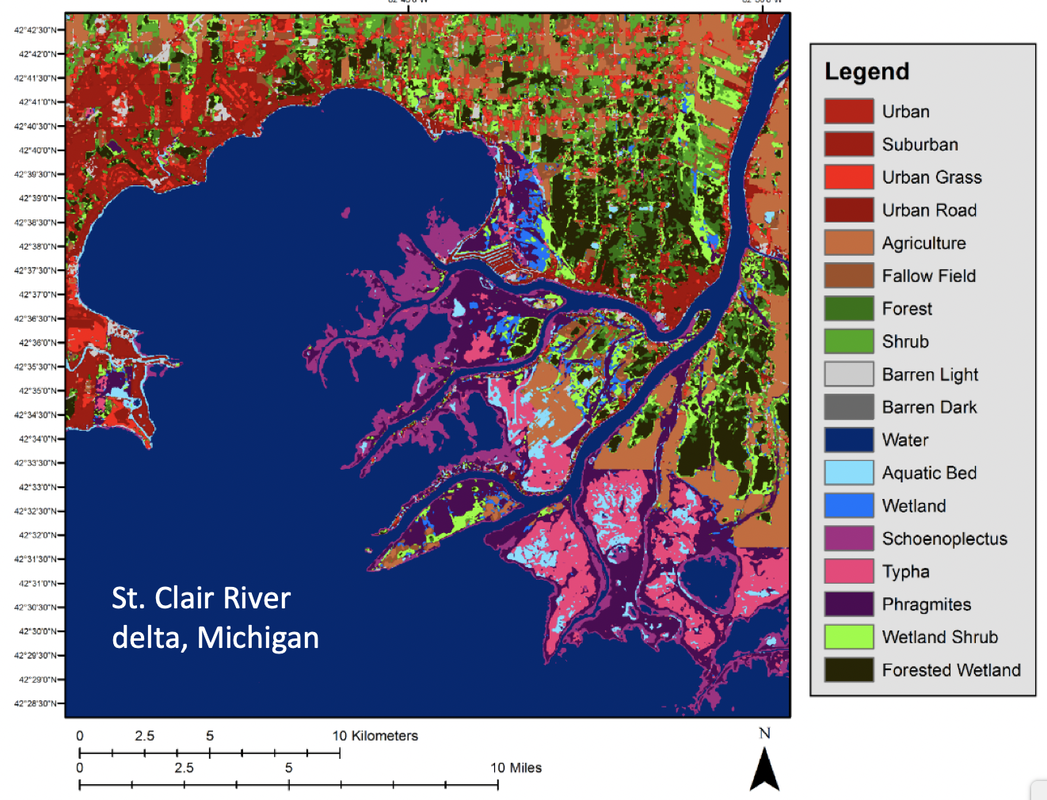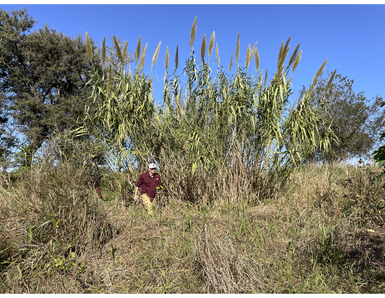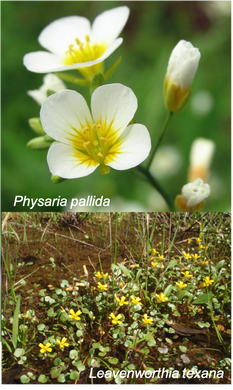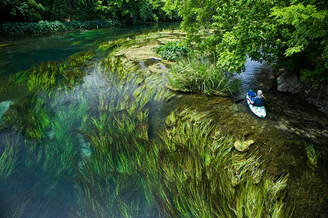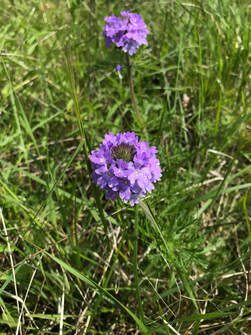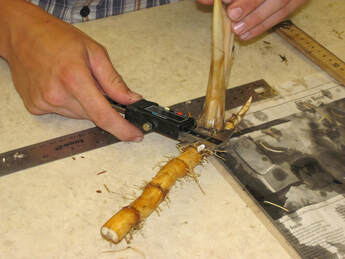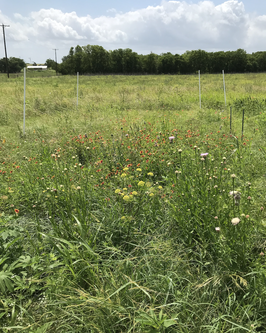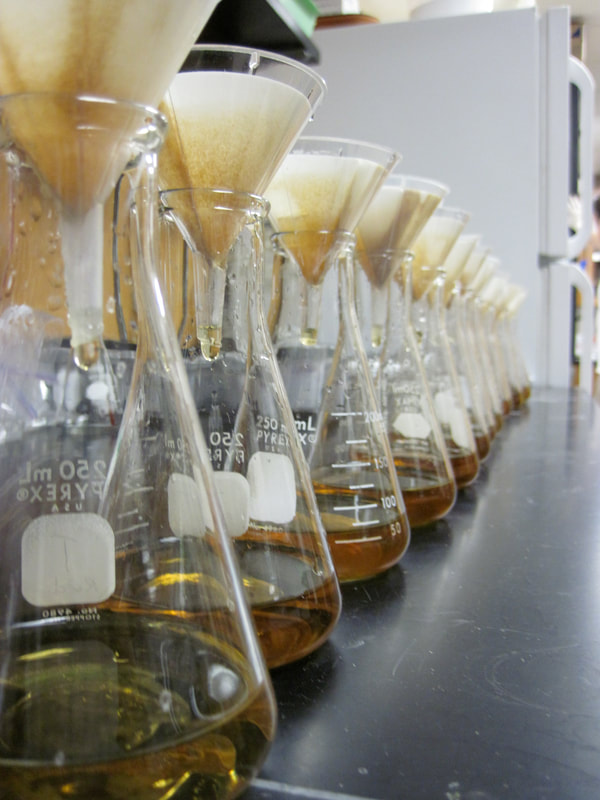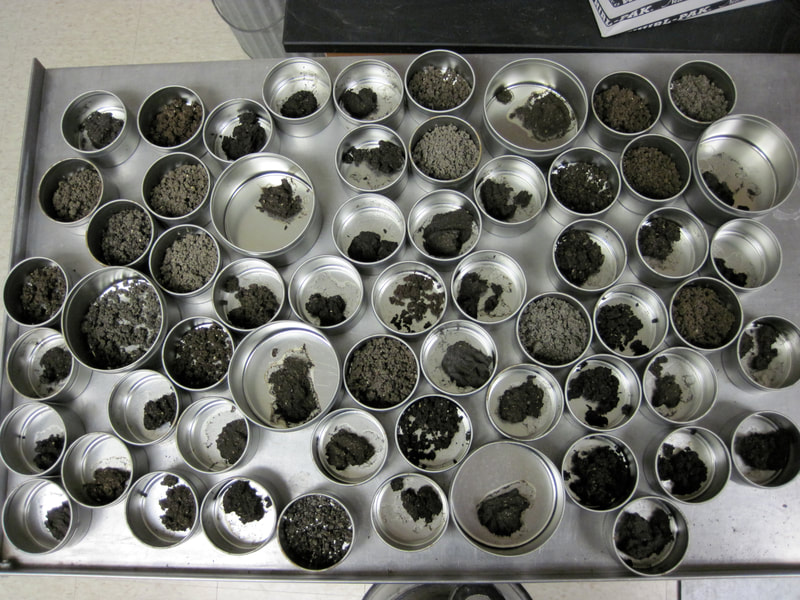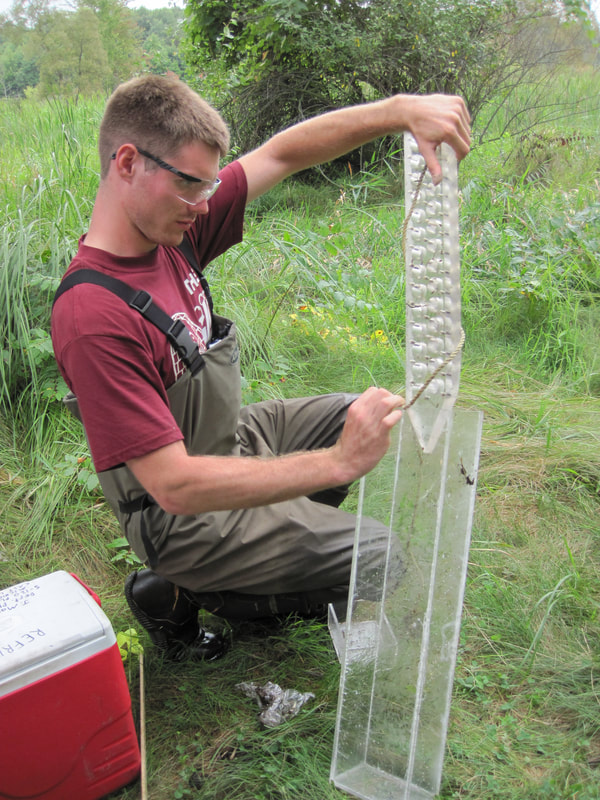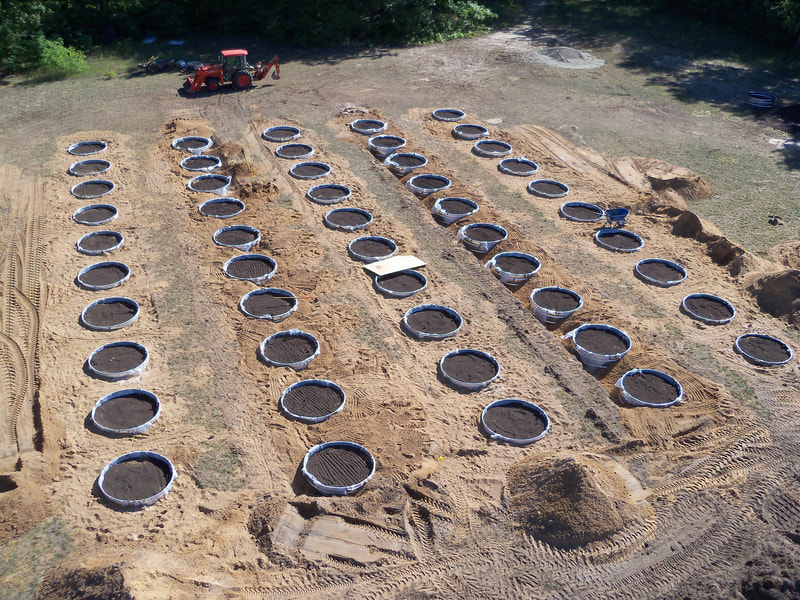This is an important and exciting time to study global change in wetlands and grasslands. Biological invasions, nutrient pollution, disturbance and climate change are dramatically changing the world we live in. It is imperative to gain a better understanding about how these factors influence critical components of wetlands and grasslands, such as biodiversity, nutrient cycling, carbon storage and productivity. It is also equally important to use what we learn to better manage and restore them.
Figure 1. Conceptual diagram illustrating that the ecology and management of wetlands and grasslands are directly influenced by global change drivers and their interactions
Great Lakes Wetlands
|
We have an ongoing research program in the Great Lakes Region focusing on the causes, consequences and management of invasions by aggressive plant species, namely Typha x glauca and Phragmites australis. These invasive species can dominant large areas and create habitats with reduced biodiversity and altered ecosystem function compared to the pre-invaded state. We have used a variety of techniques to better understand these invasions, including field campaigns, mesocosms, remote sensing and computational modeling. These invasions seem to be enhanced by disturbance (e.g., flooding) and high nitrogen loading. While most of our research has been carried out in the state of Michigan, we are currently studying the entire Great Lakes watershed. Our current NASA-funded project aims to link land use, socioeconomic drivers and climate to the hydrology and water quality in large-river watersheds and invasion in coastal wetlands.
Computational modeling with Mondrian has had a large role in this research. Mondrian is a complex process model designed to explore interactions between plant community dynamics (shifts in species composition) and ecosystem processes (nutrient cycling and carbon balance) in wetlands. We recently expanded Mondrian to include management, denitrification and phosphorus cycling to widen its application. We have used Mondrian to inform land managers about the most effective control techniques using an adaptive management framework through projects funded by the EPA and Michigan DNR. Mondrian can be downloaded for free here. |
Arundo donax Invasion in Texas
|
Arundo donax is an introduced grass species in Texas that can reach 10 meters in height and has the ability to dominant large areas and cause economic and ecological harm by disrupting waterways and replacing native vegetation. Control can be difficult because it can vegetatively reproduce by rhizomes and aboveground stems causing common control techniques, like mowing, to actually help spread it down waterways. Our lab aims to better understand what biotic and abiotic factors lead to its success in Texas using remote sensing, field surveys and greenhouse studies.
We are also in the process of parameterizing A. donax in the Mondrian model, which will allow us to ask more refined questions about how A. donax suppresses native competitors and the mechanisms behind changes in ecosystem function during invasion. |
Endangered Weches Glade Species in East Texas
|
Physaria pallida and Leavenworthia texana are two native wetland plant species endemic to the seasonally wet glades of the Weches geologic formations in east Texas. Both species are federally recognized as endangered with most known populations occurring on private land. Funded by TPWD and in collaboration with Dr. Paula Williamson and Dr. Adrian Castellanos, our lab is using a combination of simple mapping and ecological niche modeling to map areas of potential habitat and predict areas of occurrence of P. pallida and L. texana. Ecological niche modeling will also be used to investigate how climate change could impact future distributions of these two species, as well as map potential future distributions of competing invasives.
|
Texas Wild Rice Restoration
Grassland Restoration at the Lady Bird Johnson Wildflower Center
|
Grasslands are one of the most dominant terrestrial ecosystems on the planet (accounting for ~40% of the land area) and are uniquely associated with humans due to their use in agriculture and grazing. Unfortunately, grasslands are also one of the most disturbed ecosystems on the planet due to agriculture, livestock grazing, land conversion, fire suppression, invasive species and human-induced drought. The Lady Bird Johnson Wildflower Center (LBJWC) has been conducting a grassland restoration experiment for the last 20 years to see how the seasonal timing of fire and mowing influence restoration efforts. I am currently collaborating with the LBJWC and Dr. Joe Veldman (Texas A&M) on a project to determine the long term effects of these management regimes on the plant community. Traci Foulkes (MS student) is assessing how restoration efforts (burning or mowing) influence grassland C storage.
|
Clonal Growth Allocation Network
|
Clonality is a widespread adaption and is the most common plant growth form in grasslands and wetlands. While various aspects of clonal growth, such as morphology and integration, have been studied in plants, surprising little attention has been paid to the allocation to production of daughter ramets. Allocation to sexual reproduction in plants has been a major topic in the evolution of life histories and has led to a rich literature exploring theory and empirical patterns. We believe that how clonal plants allocate resources to daughters is just as fundamental to explaining how these plants grow and thrive. Because of this, we (led by Dr. Deborah Goldberg at the University of Michigan) are starting an international network on clonal allocation to gather data from a wide diversity of clonal plants on patterns of allocation to daughter ramets in the hopes of shedding light on the complex interactions between physiological allocation, morphology and the population and community dynamics of clonal plants.
|
Nutrient Network
|
Responding properly to global environmental change in grasslands requires a thorough understanding of how the drivers of change, such as increased nutrient availability or changes in consumer abundance and identity, influence grassland plant community dynamics and ecosystem function. However, globally coordinated experiments to quantify general impacts are rare. The Nutrient Network is a globally distributed experiment replicated at more than 130 sites in 25 countries on 6 continents that aims to answer fundamental questions about our understanding of grassland dynamics. In 2019, I took over site PI responsibilities (with Dr. Joe Veldman) at the USDA-ARS site in Temple, TX. We are continuing to work closely with the past site PI, Dr. Philip Fay.
We recently established a Disturbance and Resources Across Global Grasslands (DRAGNet) site at Temple. DRAGNet builds on the collaborative success of NutNet by assessing the generality and site-specificity of factors influencing disturbance recovery and community assembly in herbaceous dominated ecosystems. |

